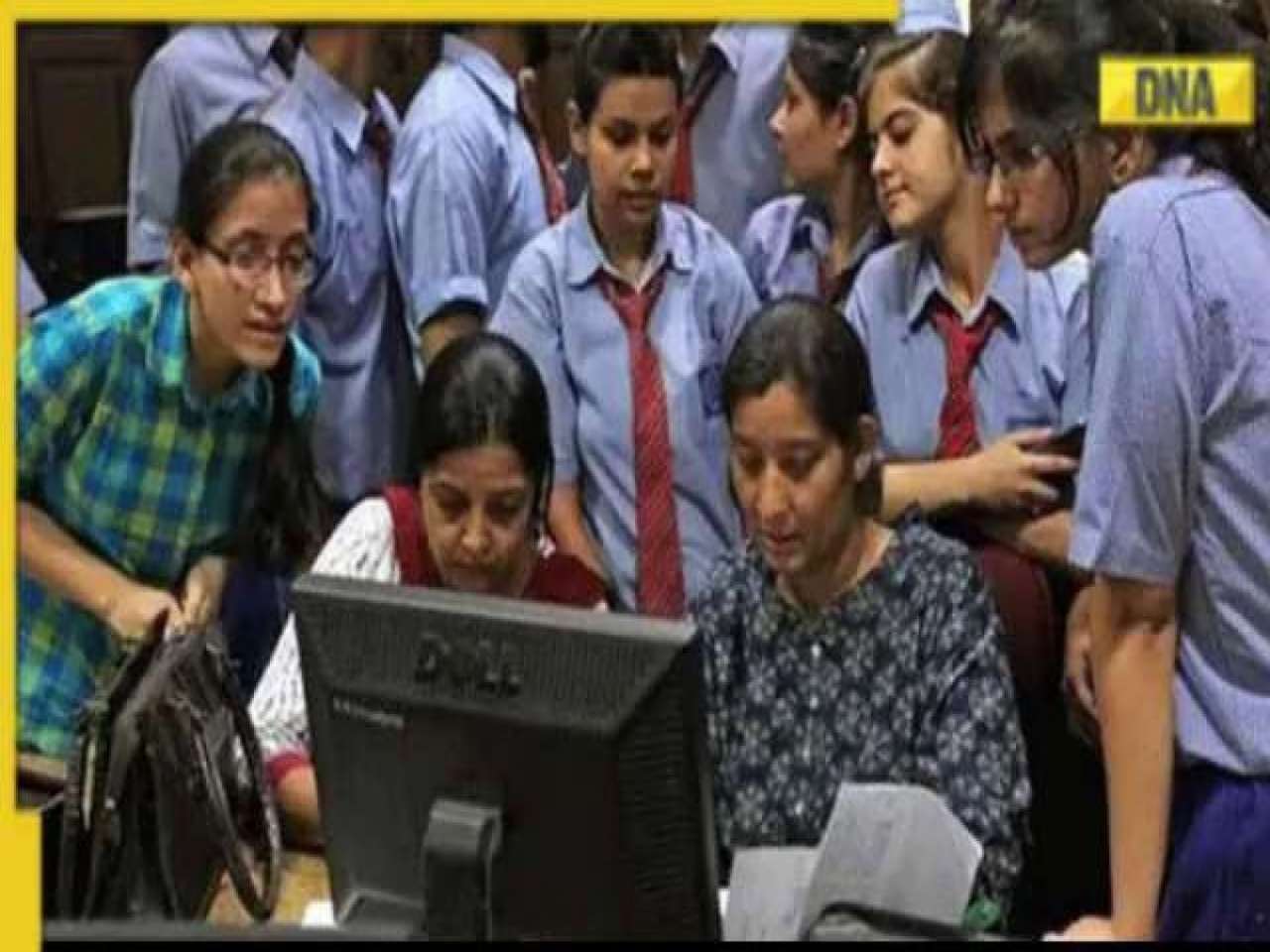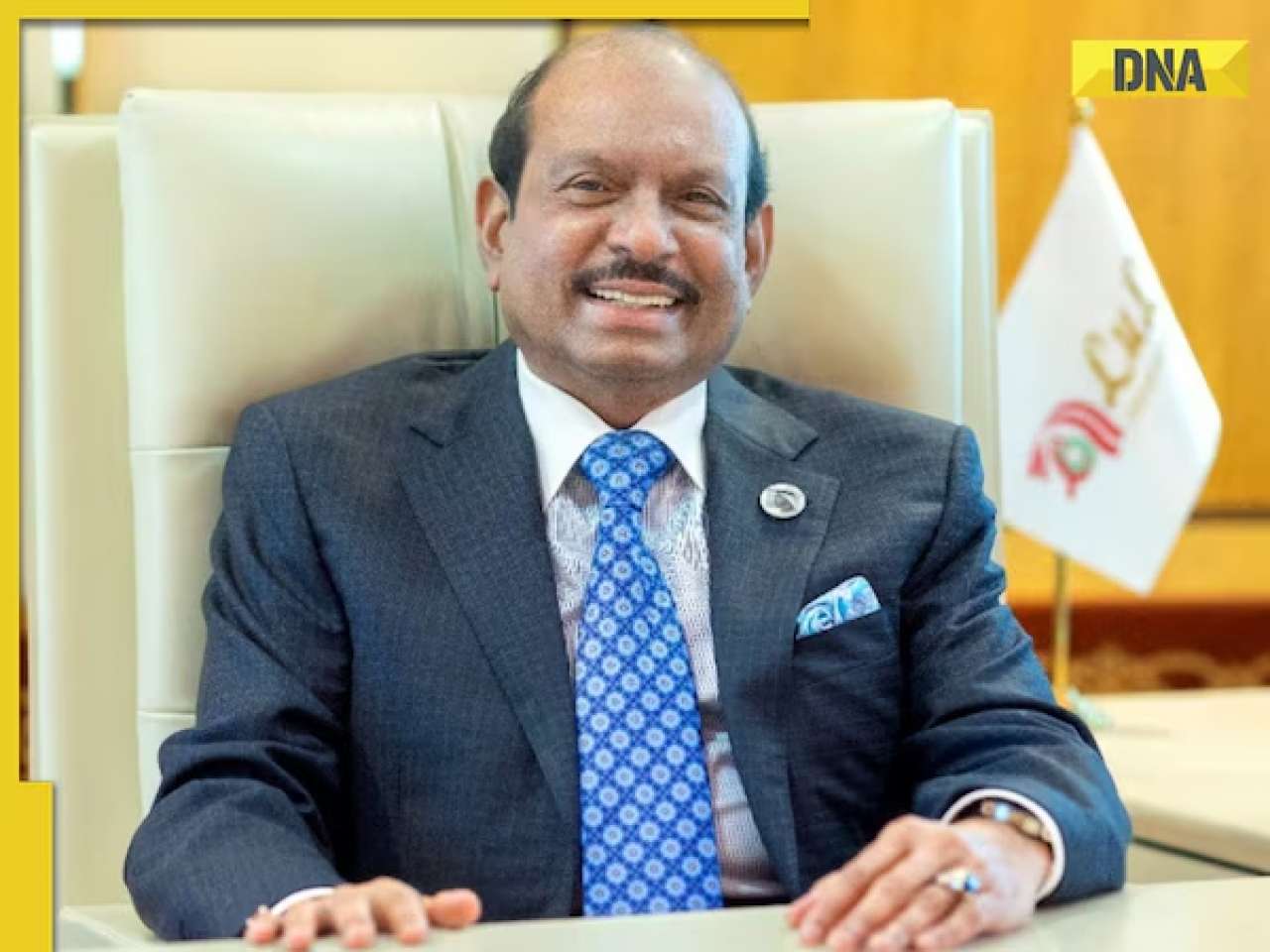Only 10 years ago, India’s Tata Motors Ltd unveiled its first car, a hatchback that established the truck maker’s credentials as a car maker.
The Rs 1 lakh car has created a global flutter that’s unprecedented
MUMBAI: Only 10 years ago, India’s Tata Motors Ltd unveiled its first car, a hatchback that established the truck maker’s credentials as a car maker.
On Thursday, the $7.8 billion company unveils its boldest initiative yet, a car that will sell for just $2,500, less than half the cheapest car on the market.
Dubbed the “People’s Car,” it will determine Tata’s place in the global automotive arena, where the battle is increasingly being fought in emerging economies such as India, China and Russia.
The new model, using re-engineered plastics and modern adhesives, is a far cry from the premium Jaguar and Land Rover brands Tata is negotiating to acquire from Ford Motor Co.
Tata Motors’ drive to produce a cheap, no-nonsense, small car was born from close observation of a local market where millions often ferry families of four, plus baggage, on motorbikes and scooters.
Critics initially derided Tata’s Rs 1 lakh price target, more so as oil and steel prices rocketed. But global car makers have taken note and are scurrying for their own versions to meet growing environmental and cost concerns.
“The product has rightfully gained a lot of international attention,” said Mohit Arora, managing director for India at research firm JD Power Asia-Pacific, who will fly in from Singapore to see the car being unveiled by chairman Ratan Tata.
“It’s a big, big deal for Tata Motors, and will be recorded in history books, whether or not it does well.”
Volkswagen, Toyota Motor Corp, Honda Motor Co and Fiat have since said they are looking to build low-cost cars. And the Nissan Motor Co & and Renault alliance, which has done well with its no-frills Logan sedan, is developing a $3,000 car with Bajaj Auto Ltd, a local Tata rival.
“Scepticism has given way to imitation,” said Ashutosh Goel, auto analyst at Edelweiss Securities. “Every global car maker has realised the need to be in the emerging markets with a model like this for mass volumes, if not at Rs 1 lakh, then perhaps at Rs 1.5 lakh,” he said.
The People’s Car hits the market at a time when oil prices are near $100 a barrel, a move to fuel-efficient “green” cars is gaining momentum, and drivers wallow in nostalgia with the revival of the Fiat 500 Cinquecento and BMW’s Mini.
In Italy, the cheap and efficient Fiat 500 replaced the scooter for millions, and its 2007 relaunch won a warm response.
In India, the mini Maruti 800, made by a venture of the government and Japan’s Suzuki Motor, played a similar role in the 1980s, offering a modern alternative to the limited options available.
Today, helped by rising middle-class incomes, small cars, led by models such as Maruti’s Alto and the Hyundai Santro, make up more than two-thirds of a domestic car market that should nearly double to 2 million units a year by 2010.
“Small cars have always been popular in India, even when oil prices were low,” said Ashvin Chotai, Asian auto analyst based in London, who will be at Thursday’s unveiling in New Delhi.
“Globally, higher oil prices are accelerating a shift towards compact and small cars, and regulatory developments such as C02 standards in Europe, and congestion and parking constraints are reinforcing it,” he said, adding this was not a short-lived fad. But environmentalists worry that a car so cheap could be more damaging, adding more pollution and increasing India’s dependence on oil imports.
Anumita Roychoudhury, at the Centre for Science and Environment in New Delhi, has said the shift to greater car ownership could be a “timebomb ticking away.”
“When you lower the price that drastically, how will you be able to meet safety and emissions standards?” she told The Observer newspaper.
“It’s just not sustainable, whether from an environmental point of view or in terms of congestion,” she added.
Tata, which has said the 4-seater People’s Car will have a 600cc engine, will have an initial production run of 2,50,000 units. It expects eventual annual demand of 1 million cars, which may be assembled by dealers or satellite units.
Tata Motors may also export the car, which would probably sell well in Africa and South and Central America, Chotai said.
With the car ownership in India at just 8 per 1,000, there is huge potential to upgrade two-wheeler owners, who bought about 7 million bikes and scooters in 200607. An entry-level motorbike costs Rs 35,000-40,000.
Already, South Korea’s Hyundai, which will have the capacity to make 6,00,000 cars annually, has made India a small car production hub, and Suzuki is increasing its capacity to 1 million units a year.
They will be closely watching reactions to the Tata car.
“The quality of the initial launch must meet minimum expectations of the global industry, otherwise the whole project could be discredited,” Chotai said.
![submenu-img]() Meet man who once suffered loss of Rs 15 crore, then built Rs 2000 crore turnover company at 60, he is…
Meet man who once suffered loss of Rs 15 crore, then built Rs 2000 crore turnover company at 60, he is…![submenu-img]() 'They did her dirty': Aishwarya Rai fans criticise stylist for her 'failed art project' outfit on Cannes red carpet
'They did her dirty': Aishwarya Rai fans criticise stylist for her 'failed art project' outfit on Cannes red carpet![submenu-img]() Woman walks on the streets of Tokyo in saree, viral video shows people’s reaction
Woman walks on the streets of Tokyo in saree, viral video shows people’s reaction![submenu-img]() Blinkit offering ‘free dhaniya’ with vegetable orders, people now asking for free…
Blinkit offering ‘free dhaniya’ with vegetable orders, people now asking for free…![submenu-img]() Kartam Bhugtam: Shreyas Talpade-starrer is a riveting dive into the unknown
Kartam Bhugtam: Shreyas Talpade-starrer is a riveting dive into the unknown![submenu-img]() Meet PhD wife of IIT graduate hired at Rs 100 crore salary package, was fired within a year, he is now…
Meet PhD wife of IIT graduate hired at Rs 100 crore salary package, was fired within a year, he is now…![submenu-img]() Meet woman not from IIT, IIM or NIT, cracked UPSC exam in first attempt with AIR...
Meet woman not from IIT, IIM or NIT, cracked UPSC exam in first attempt with AIR...![submenu-img]() Maharashtra Board Results 2024: MSBSHSE class 10th, 12th results soon, know how to check results via SMS
Maharashtra Board Results 2024: MSBSHSE class 10th, 12th results soon, know how to check results via SMS![submenu-img]() Meet Indian genius who became world’s 'youngest' surgeon at 7, worked in IIT for...
Meet Indian genius who became world’s 'youngest' surgeon at 7, worked in IIT for...![submenu-img]() Meet Kashmir boy, who is JEE topper, wants to pursue Computer Science, he aims to clear...
Meet Kashmir boy, who is JEE topper, wants to pursue Computer Science, he aims to clear...![submenu-img]() DNA Verified: Is CAA an anti-Muslim law? Centre terms news report as 'misleading'
DNA Verified: Is CAA an anti-Muslim law? Centre terms news report as 'misleading'![submenu-img]() DNA Verified: Lok Sabha Elections 2024 to be held on April 19? Know truth behind viral message
DNA Verified: Lok Sabha Elections 2024 to be held on April 19? Know truth behind viral message![submenu-img]() DNA Verified: Modi govt giving students free laptops under 'One Student One Laptop' scheme? Know truth here
DNA Verified: Modi govt giving students free laptops under 'One Student One Laptop' scheme? Know truth here![submenu-img]() DNA Verified: Shah Rukh Khan denies reports of his role in release of India's naval officers from Qatar
DNA Verified: Shah Rukh Khan denies reports of his role in release of India's naval officers from Qatar![submenu-img]() DNA Verified: Is govt providing Rs 1.6 lakh benefit to girls under PM Ladli Laxmi Yojana? Know truth
DNA Verified: Is govt providing Rs 1.6 lakh benefit to girls under PM Ladli Laxmi Yojana? Know truth![submenu-img]() Aishwarya Rai Bachchan turns heads in intricate black gown at Cannes, walks the red carpet with injured arm in cast
Aishwarya Rai Bachchan turns heads in intricate black gown at Cannes, walks the red carpet with injured arm in cast![submenu-img]() Laapataa Ladies' Poonam aka Rachna Gupta looks unrecognisable in viral photos, amazes with jaw-dropping transformation
Laapataa Ladies' Poonam aka Rachna Gupta looks unrecognisable in viral photos, amazes with jaw-dropping transformation![submenu-img]() In pics: Taarak Mehta Ka Ooltah Chashmah actress Deepti Sadhwani dazzles in orange at Cannes debut, sets new record
In pics: Taarak Mehta Ka Ooltah Chashmah actress Deepti Sadhwani dazzles in orange at Cannes debut, sets new record![submenu-img]() Ananya Panday stuns in unseen bikini pictures in first post amid breakup reports, fans call it 'Aditya Roy Kapur's loss'
Ananya Panday stuns in unseen bikini pictures in first post amid breakup reports, fans call it 'Aditya Roy Kapur's loss'![submenu-img]() Remember Harsh Lunia? Just Mohabbat child star, here's how former actor looks now, his wife is Bollywood's popular...
Remember Harsh Lunia? Just Mohabbat child star, here's how former actor looks now, his wife is Bollywood's popular...![submenu-img]() Haryana Political Crisis: Will 3 independent MLAs support withdrawal impact the present Nayab Saini led-BJP government?
Haryana Political Crisis: Will 3 independent MLAs support withdrawal impact the present Nayab Saini led-BJP government?![submenu-img]() DNA Explainer: Why Harvey Weinstein's rape conviction was overturned, will beleaguered Hollywood mogul get out of jail?
DNA Explainer: Why Harvey Weinstein's rape conviction was overturned, will beleaguered Hollywood mogul get out of jail?![submenu-img]() What is inheritance tax?
What is inheritance tax?![submenu-img]() DNA Explainer: What is cloud seeding which is blamed for wreaking havoc in Dubai?
DNA Explainer: What is cloud seeding which is blamed for wreaking havoc in Dubai?![submenu-img]() DNA Explainer: What is Israel's Arrow-3 defence system used to intercept Iran's missile attack?
DNA Explainer: What is Israel's Arrow-3 defence system used to intercept Iran's missile attack?![submenu-img]() 'They did her dirty': Aishwarya Rai fans criticise stylist for her 'failed art project' outfit on Cannes red carpet
'They did her dirty': Aishwarya Rai fans criticise stylist for her 'failed art project' outfit on Cannes red carpet![submenu-img]() Kartam Bhugtam: Shreyas Talpade-starrer is a riveting dive into the unknown
Kartam Bhugtam: Shreyas Talpade-starrer is a riveting dive into the unknown![submenu-img]() Richa Chadha says Heeramandi co-star Sharmin Segal being trolled for her performance is 'audience’s right'
Richa Chadha says Heeramandi co-star Sharmin Segal being trolled for her performance is 'audience’s right'![submenu-img]() Meet only Indian actress whose film is competing for top prize at Cannes; not Aishwarya, Deepika, Kiara, Priyanka, Alia
Meet only Indian actress whose film is competing for top prize at Cannes; not Aishwarya, Deepika, Kiara, Priyanka, Alia![submenu-img]() How two heroines beat Rajinikanth, Vijay, Dhanush to give Tamil cinema's biggest hit of 2024; low-budget film earned...
How two heroines beat Rajinikanth, Vijay, Dhanush to give Tamil cinema's biggest hit of 2024; low-budget film earned...![submenu-img]() Woman walks on the streets of Tokyo in saree, viral video shows people’s reaction
Woman walks on the streets of Tokyo in saree, viral video shows people’s reaction![submenu-img]() Why Australians walk barefoot in public: Here’s the reason
Why Australians walk barefoot in public: Here’s the reason![submenu-img]() People in this country compete to see who’s best at doing nothing, here's why
People in this country compete to see who’s best at doing nothing, here's why![submenu-img]() Viral video: Influencer dressed as 'Manjulika' dances on crowded road, internet reacts
Viral video: Influencer dressed as 'Manjulika' dances on crowded road, internet reacts![submenu-img]() Viral video: Baby elephant receives 'Z-category security' during family nap in Tamil Nadu reserve
Viral video: Baby elephant receives 'Z-category security' during family nap in Tamil Nadu reserve
























































)
)
)
)
)
)